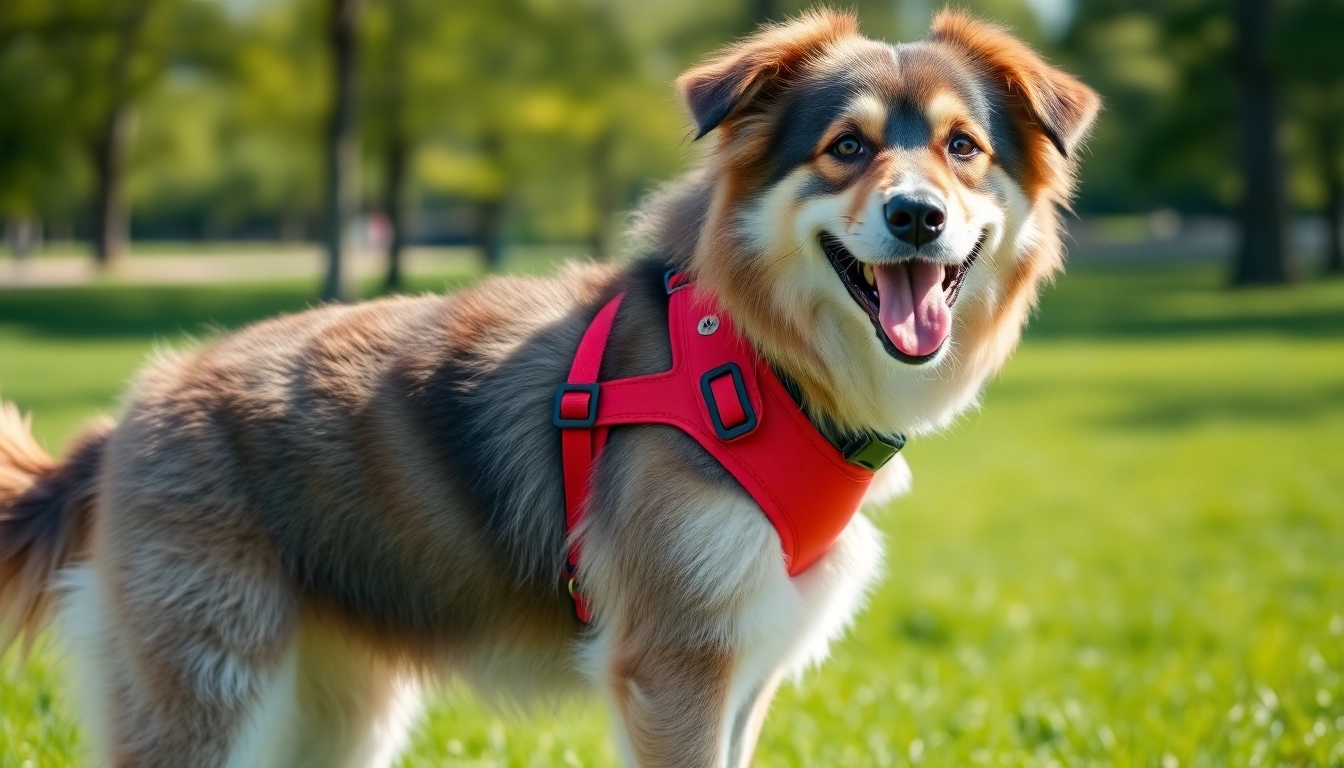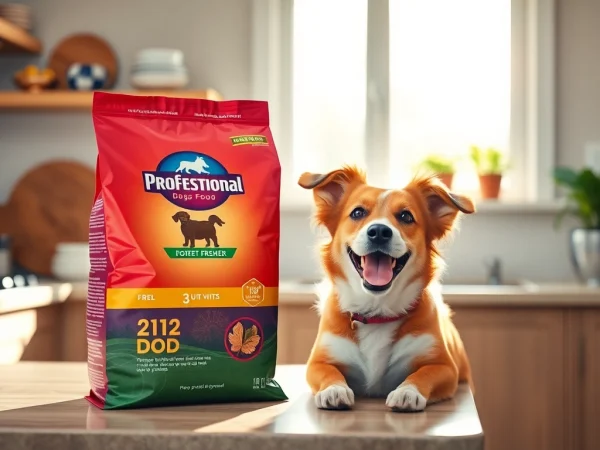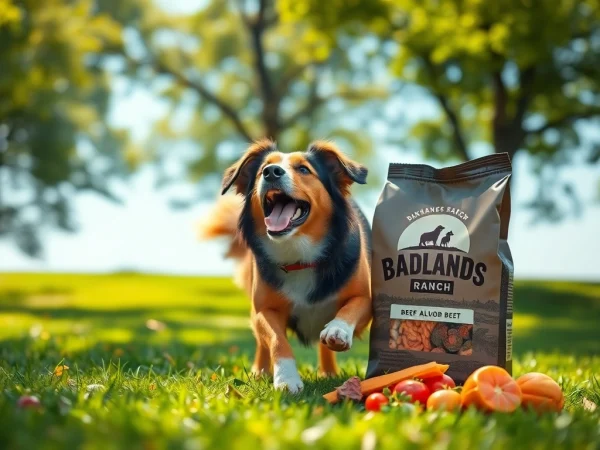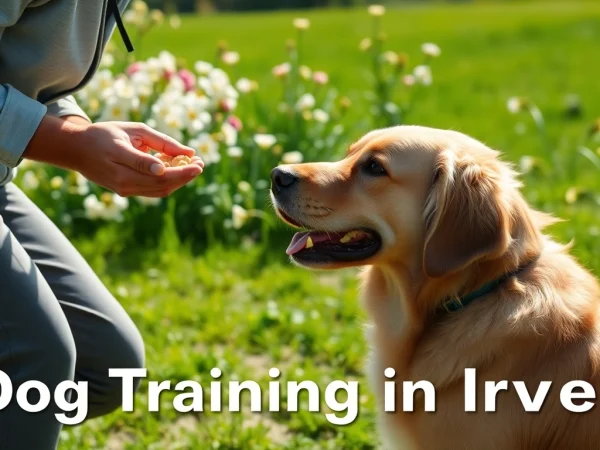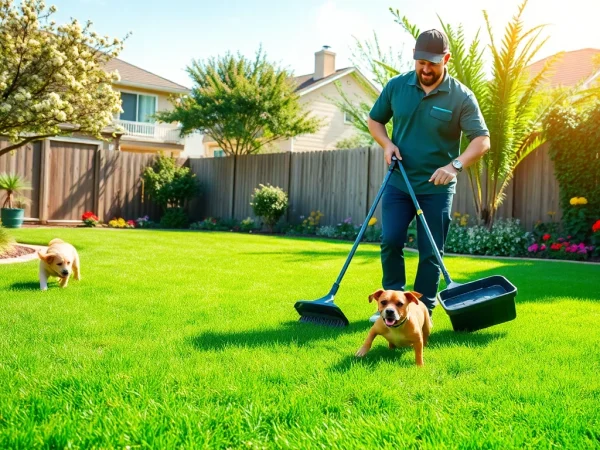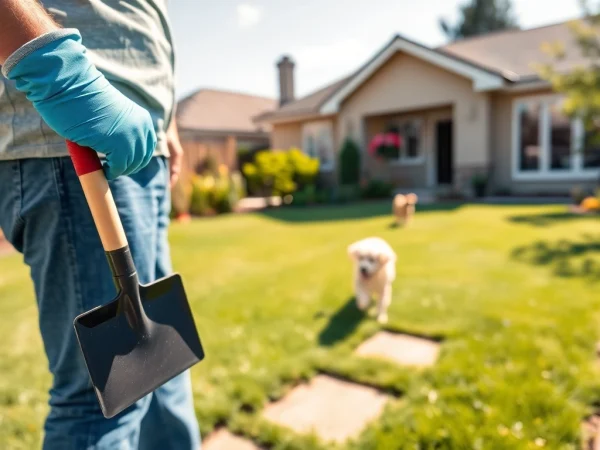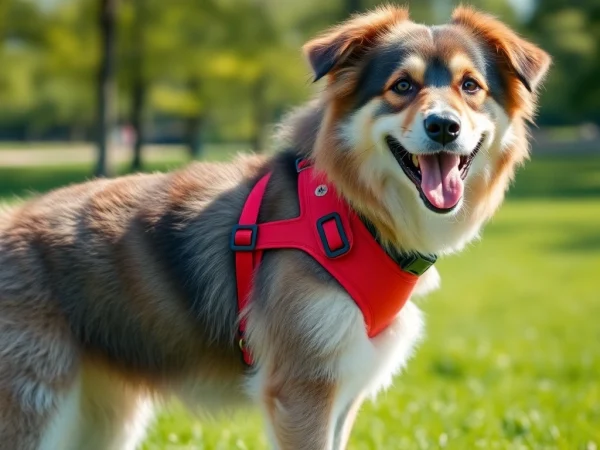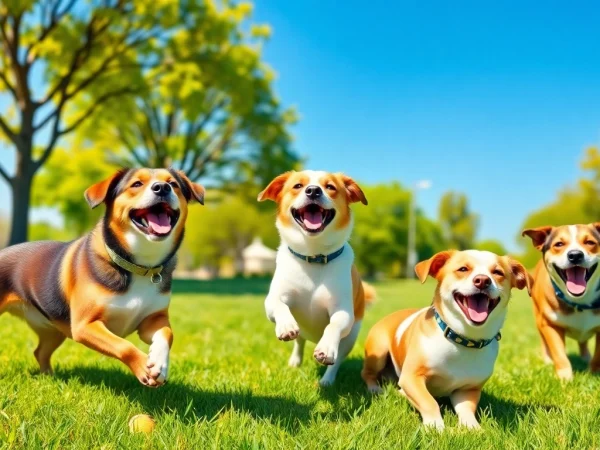Choosing the Perfect Dog Harness: A Comprehensive Guide for Pet Owners
Understanding Dog Harness Types
When it comes to walking your furry friend, choosing the right dog harness is paramount. Harnesses are not only essential for control but also contribute to your pet’s safety and comfort. With a variety of options available, it can be challenging to determine the best choice for your dog. In this section, we will explore the main types of dog harnesses, helping you to find the most suitable option for your four-legged companion.
Back-Clip Harnesses
Back-clip harnesses are among the most popular types of harnesses. They feature a D-ring on the back, allowing you to clip the leash easily. This design is beneficial for dogs that are accustomed to walking on a leash, providing moderate control without constricting their movement. They are particularly recommended for small to medium-sized dogs and for pets that do not pull excessively.
One downside to back-clip harnesses is that they may encourage pulling since dogs have a clear pathway to move forward. Training and monitoring are essential when using this type of harness, especially with strong pullers.
Front-Clip Harnesses
Front-clip harnesses are designed with a leash attachment point at the front of the harness, which helps redirect the dog’s attention back towards the owner during walks. This creates a safer environment, particularly for dogs that are prone to pulling. When your dog pulls, the harness turns them around, effectively discouraging the behavior.
These harnesses are ideal for training purposes, especially for young dogs or energetic breeds. While they can be slightly more challenging to put on than back-clip harnesses, their benefits in controlling pulling behavior often make them worth the extra effort.
Vest-Style Harnesses
Vest-style harnesses envelop your dog’s torso, providing even distribution of force when the leash is pulled. This makes them comfortable and secure for dogs, effectively minimizing stress on the neck. They are often padded, offering additional comfort, especially for dogs with sensitive skin or those prone to injuries.
Vest-style harnesses are well-suited for breeds that are prone to respiratory issues or have short necks, such as Bulldogs or Pugs, as they prevent harmful pressure on the neck area. However, they can be more cumbersome for dogs that need to be fitted quickly.
Benefits of Using a Dog Harness
The choice of using a dog harness instead of a traditional collar comes with several advantages that cater to the safety and comfort of your canine companion. Below, we delve into the key benefits of incorporating a harness into your pet care routine.
Improved Control and Safety
One of the primary reasons pet owners opt for a harness over a collar is the added control it offers. A harness distributes the pulling force over a larger area of your dog’s body, reducing strain on the neck and making it less likely for the dog to escape. This is particularly crucial in high-distraction environments, such as crowded places or during training sessions.
Furthermore, many harnesses feature safety components such as reflective strips or lights that enhance visibility during night walks, ensuring your dog remains safe in low-light conditions.
Comfort for Your Dog
Comfort is another critical consideration when investing in a harness. Many dogs find harnesses more comfortable than collars, especially those that experience respiratory issues. A well-fitted harness allows for natural movement and can prevent chafing or discomfort that collars may cause, especially in long-haired breeds.
The right harness can also provide a sense of security for skittish dogs, who may feel more at ease when fitted properly. This is important for fostering a positive association with leash walks and outdoor experiences.
Ideal for Training Purposes
Harnesses serve as effective training tools for dogs, especially those that pull excessively or have behavioral challenges. By utilizing a front-clip harness, owners can redirect their dog’s attention back towards them, facilitating easier training sessions.
Harnesses can also be beneficial for disabled or older dogs that may require assistance. By employing a support harness with a handle, owners can help their pets with mobility without risking injury to themselves or to their dogs.
How to Measure Your Dog for a Harness
A well-fitted harness is crucial for maximizing safety and comfort. The process begins with correctly measuring your dog to ensure you select the appropriate size. This section will guide you through the essential steps of measuring your dog for a harness.
Gathering Required Tools
Before you start measuring, gather the necessary tools for accurate measurements. You will need:
- A soft measuring tape (preferably fabric)
- A pen and paper for jotting down measurements
- Optional: A helper to keep your dog steady while measuring
Step-by-Step Measurement Guide
Follow these detailed steps to accurately measure your dog for a harness:
- Neck Measurement: Measure around the widest part of your dog’s neck, making sure the tape is snug but not constrictive.
- Chest Measurement: Measure around your dog’s ribcage, just behind the front legs. This is the most critical measurement as it ensures the right fit without causing discomfort.
- Back Length (Optional): For certain types of harnesses, especially vest-style ones, measuring the length of your dog’s back from the neck to the base of the tail can be helpful.
Common Sizing Mistakes to Avoid
When selecting a harness, avoid these common pitfalls:
- Not checking the manufacturer’s sizing chart, as harness sizes can vary between brands.
- Focusing solely on weight, when a dog’s unique dimensions are far more important.
- Assuming a harness will fit well based on a previous harness without verifying new measurements.
Choosing the Right Material and Design
The materials used in making harnesses and their overall design can significantly impact the comfort and longevity of the harness. Selecting the right fabric and style ensures your dog can walk freely while minimizing risks of injury and discomfort.
Materials: Nylon, Leather, and More
When it comes to materials, dog harnesses can be made of various fabrics, with nylon and leather being the most common:
- Nylon: Lightweight and easy to clean, nylon harnesses are a popular choice for everyday use. They are available in various colors and patterns, making it easy to find one that suits your dog’s personality.
- Leather: For pet owners looking for durability, leather harnesses are an excellent option. They provide a classic look and are usually more rugged, making them suitable for active lifestyles. However, they can be more expensive and may require additional maintenance to keep them in good condition.
- Mesh and Neoprene: These materials offer breathable fabrics that are often combined into a harness for enhanced comfort and fit.
Color and Design Considerations
The aesthetics of your dog’s harness can be as fun as the functional aspects. While many owners are concerned about color and design, it’s essential to ensure the style complements your dog’s personality and matches their activity level.
Consider opting for bright colors or patterns that enhance visibility, particularly for dogs that are frequently taken on hikes or in crowded public spaces. This can ensure that you keep your pet visible even from a distance.
Reflective Features for Night Walks
Choosing a harness with reflective features is crucial if you and your dog enjoy evening walks. These features improve your dog’s visibility in low-light conditions, reducing the risk of accidents, especially in areas with limited street lighting. Many modern harnesses incorporate reflective stitching or patches that enhance safety without sacrificing style.
Maintenance of Your Dog Harness
Proper maintenance of your dog’s harness is essential to prolong its life and ensure safety and comfort for your pet during each walk. Here we outline how to keep your dog’s harness in tip-top shape.
Cleaning Tips for Longevity
Harnesses should be cleaned regularly to prevent odor and bacteria build-up. Follow these tips for effective cleaning:
- Check the label: Follow the manufacturer’s instructions for cleaning. Some harnesses are machine washable, while others require hand washing.
- Use mild detergents: Avoid harsh chemicals that can damage the fabric or irritate your dog’s skin. Stick to hypoallergenic or pet-safe products.
- Air dry: When washing a harness, it’s best to let it air dry to maintain its shape and integrity. Avoid using direct heat sources.
Checking for Wear and Tear
Regularly inspect your dog’s harness for signs of wear and tear. Look for:
- Frayed straps or seams
- Signs of rust or wear on buckles and clips
- Any unpleasant odors that cleaning may not eliminate
If you notice any of these signs, assess whether the harness needs repairs or should be replaced entirely to ensure your dog’s safety.
When to Replace Your Dog Harness
Generally, a good-quality harness should last several years with proper care. However, you should replace a harness if:
- It no longer fits your dog properly due to weight gain or loss.
- The fabric has become compromised, leading to potential safety hazards.
- Parts such as buckles or straps are broken beyond repair.
Investing time in recognizing these signs can ensure that your harness meets the safety and comfort needs of your furry friend.
